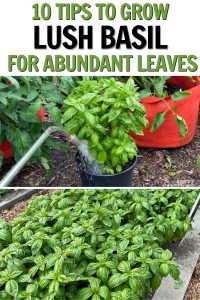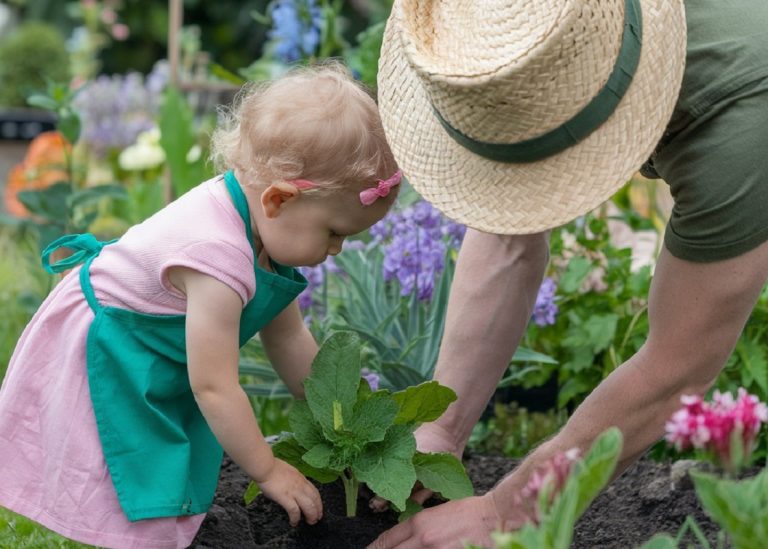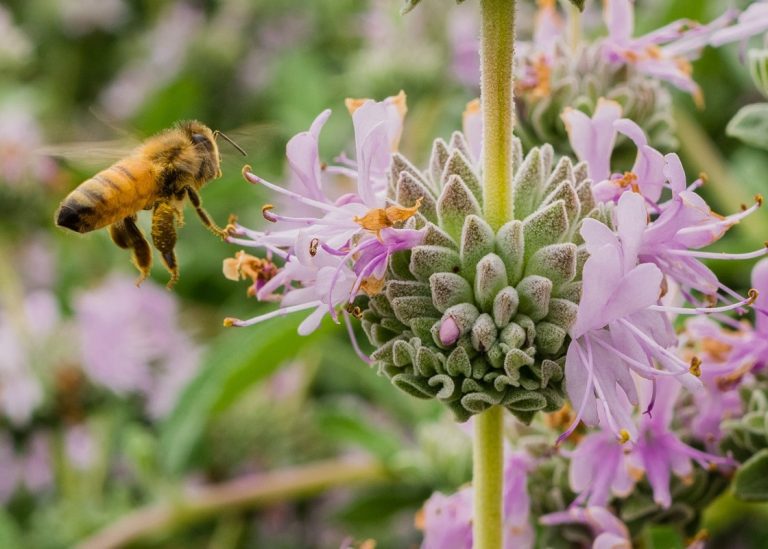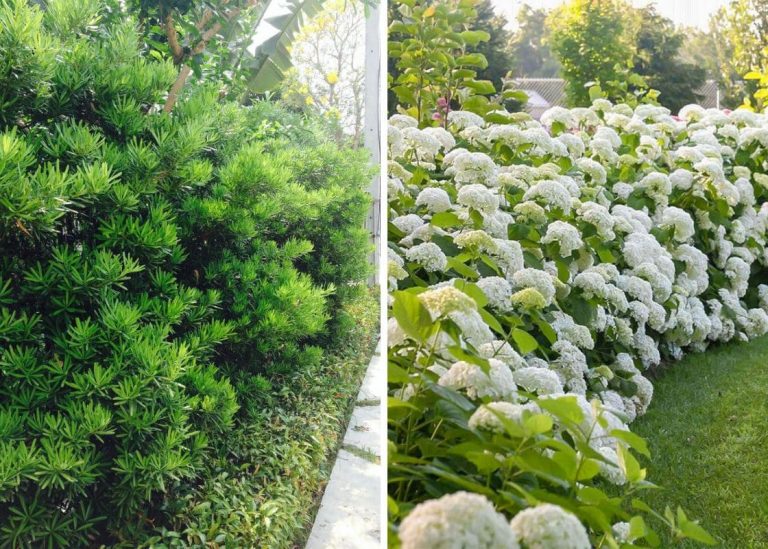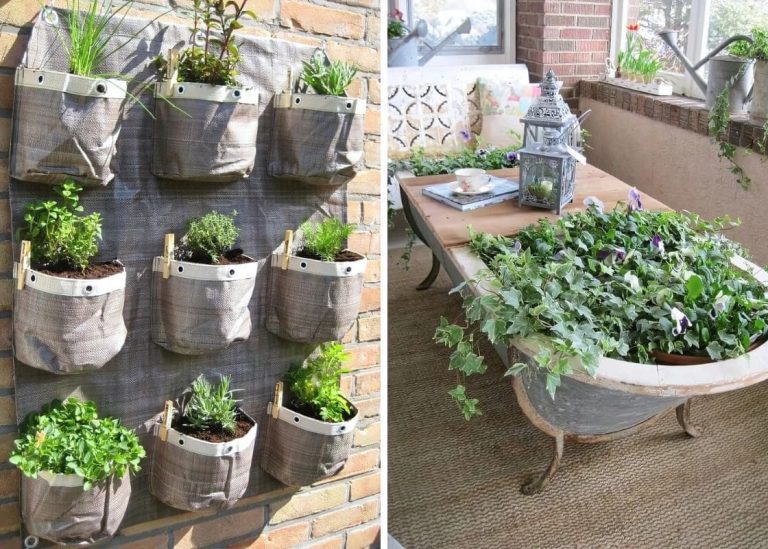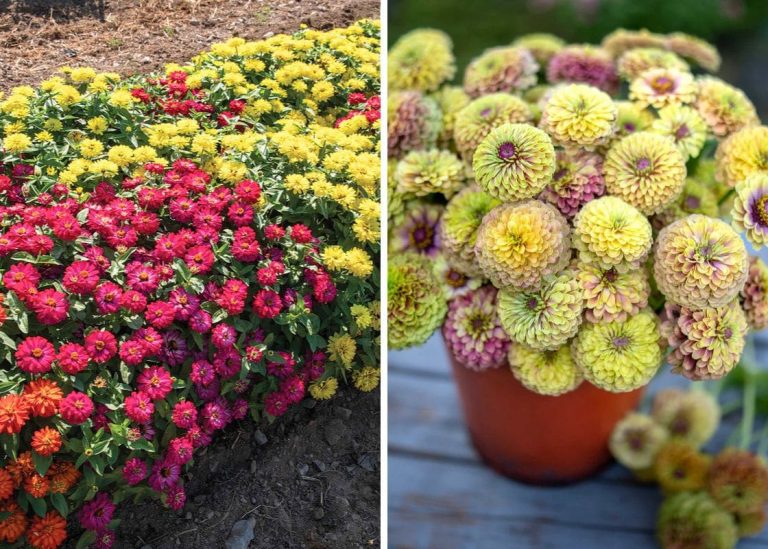How to Grow Lush Basil for Abundant, Fragrant Leaves
I’ll never forget the summer I truly fell for basil. It wasn’t in a fancy garden or a gourmet kitchen—it was in the middle of a sweaty afternoon, at my aunt’s tiny backyard in the countryside. I was maybe ten years old, hot and grumpy, helping her water plants with an old metal can that leaked more than it poured.
She handed me a leaf and said, “Rub this between your fingers.” The scent—bright, sweet, peppery—was unlike anything I’d known. She tossed it into a tomato salad later that night, and I was hooked. Not just on the taste, but on how something so simple could make a meal, a memory, and a garden feel alive.
Since then, I’ve grown basil every year. I’ve failed a few times, succeeded many more, and picked up tricks that make my plants lush, bushy, and full of flavor. If you’ve ever wanted your basil to overflow with vibrant, fragrant leaves—here’s everything I’ve learned (and a few mistakes I’ll save you from repeating!).
Start with the Right Variety
Not all basil is built the same, and I’ve learned the hard way that the variety you choose makes a difference.
Here are a few of my favorites, depending on what you love to cook or how you want your basil to behave:
- Genovese basil – Classic Italian type. Big leaves, bold flavor, and very productive.
- Thai basil – Spicier with purple stems. Great in Asian dishes.
- Lettuce leaf basil – Huge, ruffled leaves. Milder taste and very lush-looking.
- Holy basil (Tulsi) – More medicinal, slightly clove-like scent. Loves heat.
My tip: Try two or three varieties the first time. You’ll quickly notice which ones thrive in your climate and which one steals your heart.
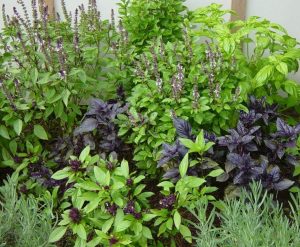
The Right Start: From Seed or Store?
I’ve started basil both ways—straight from seed and from the little sad-looking starter plants at garden centers.
-
Seeds are cheaper and give you more control. Start them indoors 6–8 weeks before your last frost.
-
Store plants are fast and easy but often root-bound and stressed. I always repot them within 24 hours of bringing them home.
Real-life note: I once left a nursery basil in its plastic pot on my kitchen counter. It wilted in three days. Once I repotted it into good soil and gave it space to breathe? It came back with a vengeance.
Soil: Rich, Loose, and Draining
Basil doesn’t like wet feet, but it loves nutrition. I always mix a combination like this for basil in containers:
- 1 part organic potting mix
- 1 part compost or worm castings
- A handful of perlite or coarse sand for drainage
In garden beds, I add compost generously and make sure the soil stays fluffy and loose. Tight, compact soil means sad basil.
Light It Up (Seriously, Don’t Skimp)
Basil is a sun worshiper. If you can give it 6–8 hours of direct sun, it’ll reward you with leaves so lush, they practically glow.
One summer, I had two identical pots—one on a windowsill, one two feet back on a table. The window basil doubled in size. That’s when I stopped guessing and started chasing light.
Tip: Indoors, use a grow light or rotate your pot daily to avoid legginess.
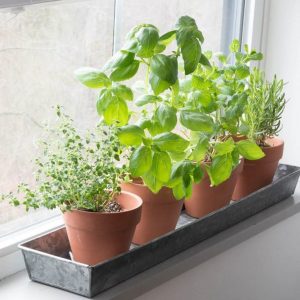
Pinch Early, Pinch Often
Here’s where I used to go wrong. I’d wait too long to pinch, and my plants would get tall, weak, and flower early.
Now, I pinch when the plant is about 6 inches tall—right above a leaf node—and do it every 4 inches of growth.
I used to feel guilty cutting it when it looked so perfect. But now I see pinching as a gift. It tells the plant, “Hey, let’s grow strong together.”
If it flowers, flavor fades. Keep those buds in check unless you’re saving seeds.
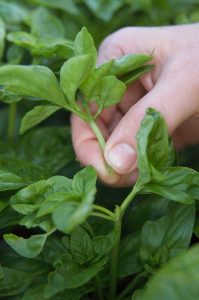
Watering: Not Too Much, Not Too Little
Overwatering is a silent killer. Basil roots rot fast in soggy soil.
I always water early in the morning. Wait until the top inch of soil feels dry. Water deeply at the base, never from above
My first balcony basil turned yellow because I loved it too much—with water. Now I let the plant speak: droopy leaves? Dry soil? That’s when I water.
Feed with Purpose
Basil doesn’t need constant fertilizing, but it does respond well to consistent, gentle feeding.
I use compost tea or fish emulsion every 2–3 weeks and slow-release organic fertilizer in the soil at planting time. But remember that too much nitrogen makes basil grow big but bland.
Unexpected Tip: Plant Basil Around Tomatoes
This one changed everything for me.
Basil loves tomatoes. I now plant basil between every tomato pair in my garden. They thrive together—the basil repels pests, the tomatoes provide dappled shade, and some say it makes the fruit sweeter.
My cousin once called it “the Italian companion marriage.” I kind of love that.
Harvest Like a Pro
When harvesting, don’t just pluck a few leaves. Clip full stems just above a leaf node to encourage bushiness. I harvest my basil once or twice a week, even if I don’t need it right away. You can always dry it, freeze it, or make extra pesto.
Never harvest more than 1/3 of the plant at a time. Let it regrow between harvests, and it’ll keep producing all summer long.
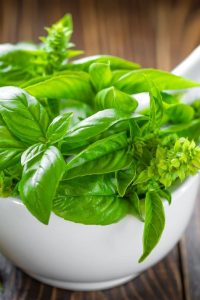
Extra Tips That Most Gardeners Miss
-
Rotate indoor pots to prevent leaning
-
Use clay pots to avoid soggy roots
-
Space well in containers—give each plant 6+ inches to stretch
-
Mulch around outdoor basil to keep moisture consistent and protect roots
And always listen to your plants. Basil tells you when it’s happy—and when it needs help.
Final Thoughts: A Small Plant, A Big Joy
Every time I pass my basil and brush my hand through its leaves, I pause. There’s that smell—sunshine and soil and summer dinners.
Growing basil isn’t just about herbs. It’s about rhythm. About checking in. About that quiet joy of watching something thrive under your care.
So if you’ve never grown basil—or if yours has always struggled—try again. Pick a sunny spot, mix good soil, and give it love and light. Before long, you’ll be pinching leaves for salads, sauces, and tea—and wondering why you didn’t start sooner.
